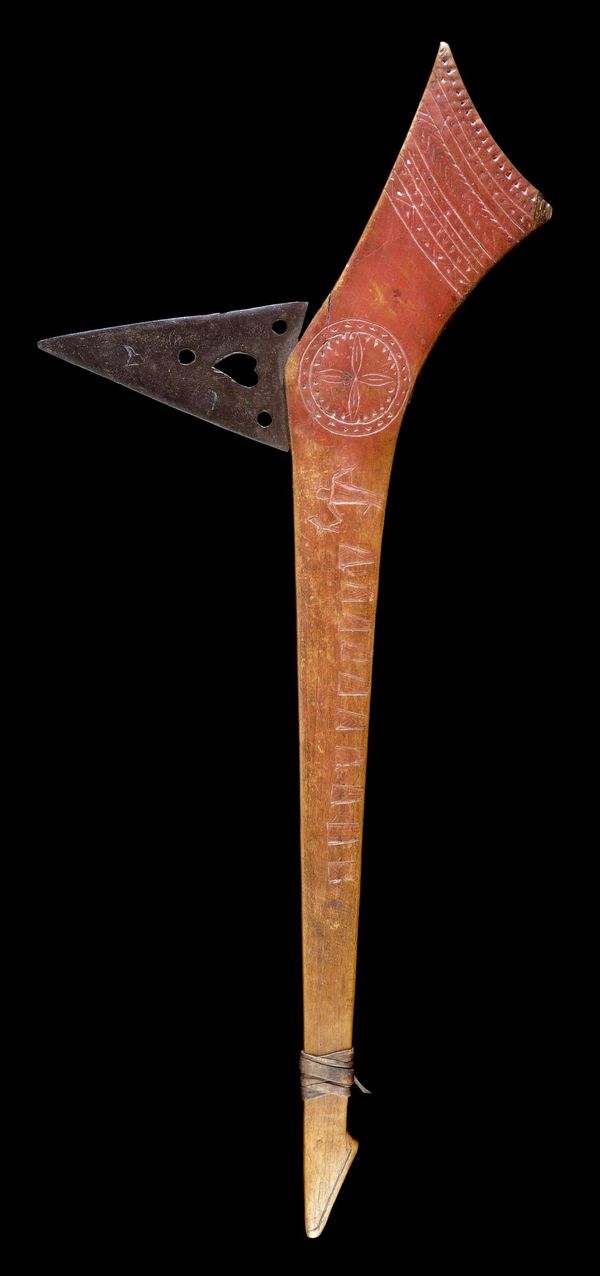Signed in as:
filler@godaddy.com
Signed in as:
filler@godaddy.com

GRASAC educator's permission

authors collection

©Freemans/Hindman

Smithsonian

GRASAC educator's permission

Brooklyn Museum educator's permission

Harvard Peabody Museum, wikicommons

British Museum wikicommons
The 1854 Treaty with the Chippewa stated the United States would furnish two hundred guns, one hundred rifles, five hundred beaver-traps, three hundred dollars’ worth of ammunition, This is the model of rifle the U.S. Government gave to the Wisconsin Chippewa. The gun was a percussion-type muzzle-loader simular to the American Springfield Model 1861 rifle-muskets. ©Smithsonian

©Minneapolis Art Institute

©Mille-Lacs Indian Museum
Projectile Points of Ontario, 2025 https://www.projectilepoints.net/Search/Ontario_Search.html
This rifle is what the Government purchased to use for annunity or treaty payments with the Chippewas of the Mississippi, Pillagers, and Lake Winnibigoshish all received these weapons in 1858. They came in two caliburs .54 or .58. These guns were used long after more modern rifles became available. There were 50 shotguns in the treaty goods for The Treaty of Old Crossing in 1862 for the Red-Lake and Pembina bands. They were used against the Sioux at Fort Abercrombie. wikicommons

©University of Minnesota Duluth

Wisconsin Historical Society, wikicommons

"Upper Canada Sketches" Thomas Conant 1898. ©University of Calgary

Illustration from "A Further Contribution to the Study of Mortuary Customs of the North American Indians" by Dr. H. C. Yarrow. First Annual Report of the Bureau of Ethnology to the Secretary of the Smithsonian, 1879-80 (Washington, Government Printing Office, 1881) . The image first appeared In Bureau of American Ethnology Bulletin 71, plate 4, "A Chippewa Grave at Fond du Lac" 1826.
©Smithsonian

Charles Chippewa on Rocky Boy's Indian Reservation
Fig. 32 "Chippeway Widow", A Further Contribution to the Study of the Mortuary Customs of the North American Indians, Dr. H.C. Yarrow First Annual Report of the Bureau of American Ethnology, 1881. ©Smithsonian

1873 "The Chippewa grave feast", John William Dawson. In 1905 the Bureau of Ethnology published that morning typically would last a year.
https://chroniclingamerica.loc.gov/lccn/45043535/1907-10-01/ed-1/seq-6/




©Atlas Obscura

Bureau of American Ethnology

Ojibwe (Chippewa) People: funeral rites, Spiritualité Autochtone, 2025 https://peuplesautochtones.com/ojibwe-people-funeral-rites/
AN OJIBWA QUOTE;
"YOUR ARE READY TO LEAVE ME NOW, BE SURE TO NOT LOOK BACK FOR YOUR GLANCE DRAWS US ALONG. LOOK STRAIGHT AHEAD AS YOU WERE TOLD BY THE CHIEF MIDE. WE LIVE HERE AS LONG AS WE ARE SUPPOSED TO. NEVER WISH US TO HASTEN AND JOIN YOU, FOR YOU WILL FIND YOUR BROTHERS THERE, AND YOUR MOTHER, FATHER, AND GRANDPARENTS THERE ALSO. DO NOT TROUBLE US WE WILL DO ALL YOU REQUESTED BEFORE YOU DIED.'

wikicommons

©Minnesota Historical Society

©Minnesota Historical Society

Ojibwa matching mirrored image panels for a woman's garment in a biomorphic design. ca. 1850. ©Cleveland Museum of Art

Wisconsin Ojibwa pipe bag with a symetric biomorphic panel. Art ©Balckburn Gallery

Ojibwa Medicine Bag with combined organic elements and a large panel in a geometric alternating pattern.
©Wabeno Logging Museum.

Ojibwa bandolier 1890-1910. It has an asymmetrical biomorphic design of stylized thistle heads . Thistles, with their sharp spines, are seen as a symbol of protection against negative forces. The Ojibwe believe that thistles can act as a bridge between the human and spirit worlds and protect from dangers. © McClung Museum

Ojibwa fire bag with a symmetrical geometric panel. ©Metropolitan

Ojibwa bandolier, 1870s Metropolitan wikicommons

Wisconsin Ojibwa bandolier asymetric biomorphic design 1890s ©1stDibs

Ojibwa bandolier witha an asymmetric biomorphic panel. ca. 1890's ©Bonhams Skinner

Ojibwa drum, ca. 1840 ©Detroit Institute of Arts
Objiwa appearance: Dress, headdress, hair, tattoos,[269] peircings, body paint, and ornaments.[49]

Ojibwa woman's collar with a biomorphic design.
©Portland Museum of Art

Drawn from Longfellow's song of Hiawatha in marble.
wikicommons

wikicommons

Drawn from Longfellows Song of Hiawatha, Minnehaha and her Father in marble. ©Smithsonian

wikicommons

©State of Wisconsin

©Smithsonian.

wikicommons

©City of Bemidji

Untitled bronze erected in 1932, Hout, Minnesota. wikicommons

wikicommons

The Milwaukee Railroad initated Streamlined passenger service from Chicago to Ontonagon, Michigan in 1937 continuing until 1960. The Milwaukee also ran the Chippewa Valley Line that was initiated in 1882.
© Canadian Pacific Kansas City Ltd.

wikicommons

public domain

©facebook.com/TugChippewa

wikicommons
We use cookies to analyze website traffic and optimize your website experience. By accepting our use of cookies, your data will be aggregated with all other user data.